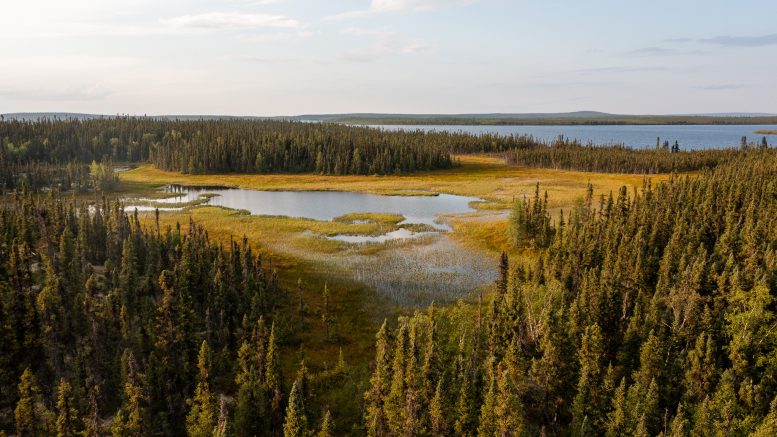A Memorandum of Understanding was signed between four Indigenous nations, the Manitoba government and the Government of Canada to protect the Seal River Watershed.
The Seal River Watershed is comprised of 50,000 square kilometres of biodiverse land in northern Manitoba, and makes up eight per cent of the province, according to the Canadian Parks and Wilderness Society. The memorandum will allow a feasability assessment to analyze the probability of the initiative’s success.
The assessment will determine if the Seal River Watershed is eligible for more permanent protection.
Jina Cook is a youth land guardian for the Seal River Watershed Alliance from Barren Lands First Nation. She finds that the efforts being made are “community-driven,” and that the alliance of communities is “very inspiring.”
“I’m very excited to see more happening,” Cook said.
Stephanie Thorassie, executive director of Seal River Watershed Alliance (SRWA), said, “no matter what is happening in the world, we want to be able to say that this space is set aside for us to be able to be authentically ourselves.”
The SRWA is made up of four nations for which the watershed is ancestral territory: Barren Lands First Nation, O-Pipon-Na-Piwin Cree Nation, Sayisi Dene First Nation and Northlands Denesuline First Nation.
Thorassie, a member of the Sayisi Dene First Nation, said the Seal River Watershed remains “virtually untouched.” Research conducted by the SRWA showed that 99.97 per cent of the watershed remains in “pristine” condition.
While the assessment is underway, interim protection was granted, prohibiting activities such as hydro development or extraction of natural resources that lead to destruction.
Thorassie said the assessment will prioritize “Indigenous knowledge, the cultural information, the traditions [and] the languages,” expressing the importance of communities promoting and upholding the inclusion of Indigenous values.
Representatives of the four nations involved in the project determined that “the best way to create this protected space and the best way to make this a reality for the people was to ensure we did it as one unit,” said Thorassie. “As one unit we are stronger.”
Claire Herbert, Canadian watershed information network co-ordinator, explained that addressing watersheds in their entirety is a more efficient method when looking at issues compared to separating them into artificial government-created districts
“Water doesn’t care about borders,” said Herbert.
According to Thorassie, SRWA completed an Indigenous knowledge study two years ago that discussed land use with over 300 people from the four communities involved. She explained that study will play “a major part in the feasibility study.”
Thorassie explained the role the watershed plays in the climate crisis on a global level.
“The watershed is a set of lungs for our planet that we so desperately need,” she said.
To follow the efforts of conservation on the Seal River Watershed Indigenous protected area, you can visit the Seal River Watershed Alliance’s website at www.sealriverwatershed.ca.


